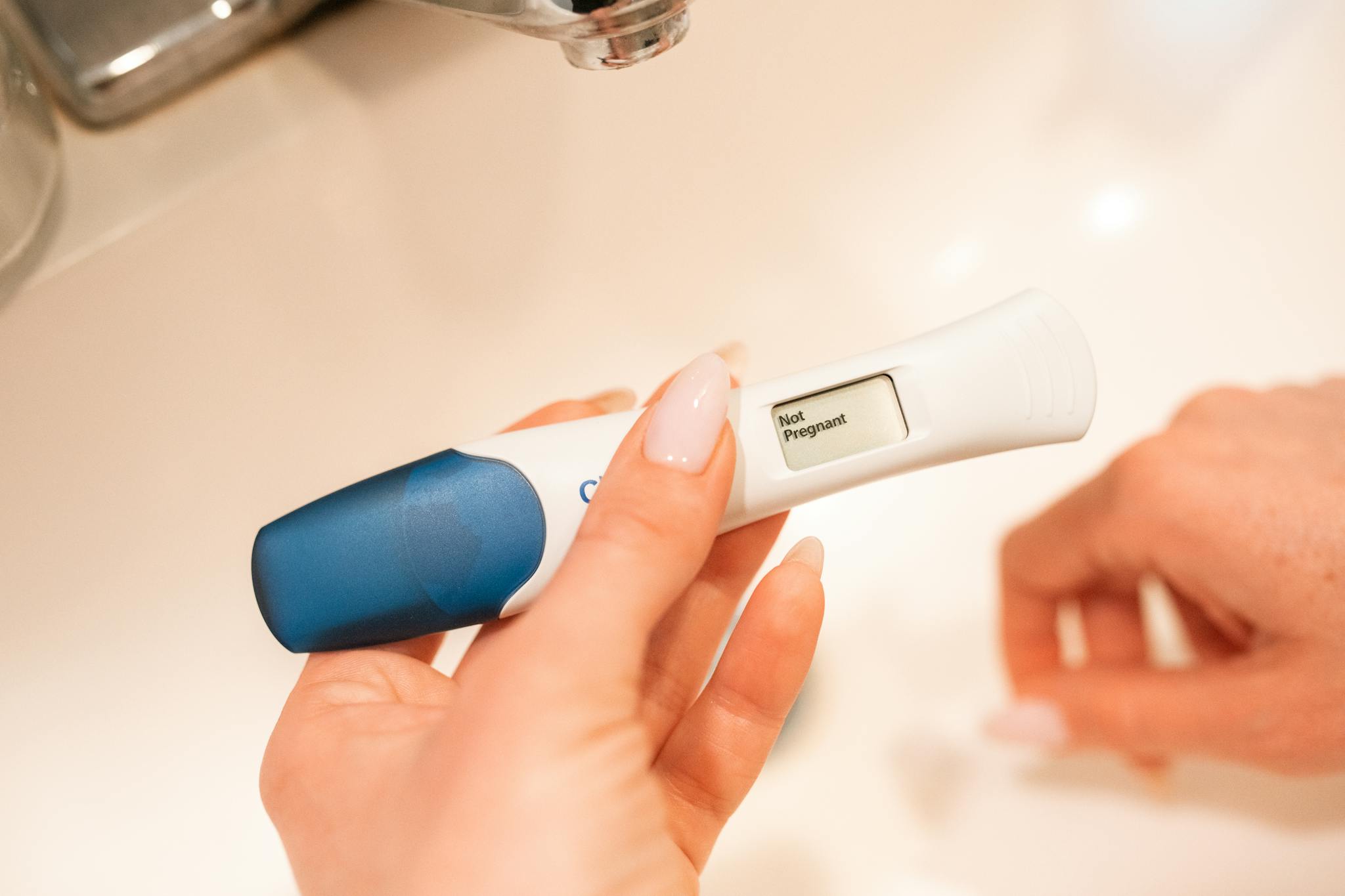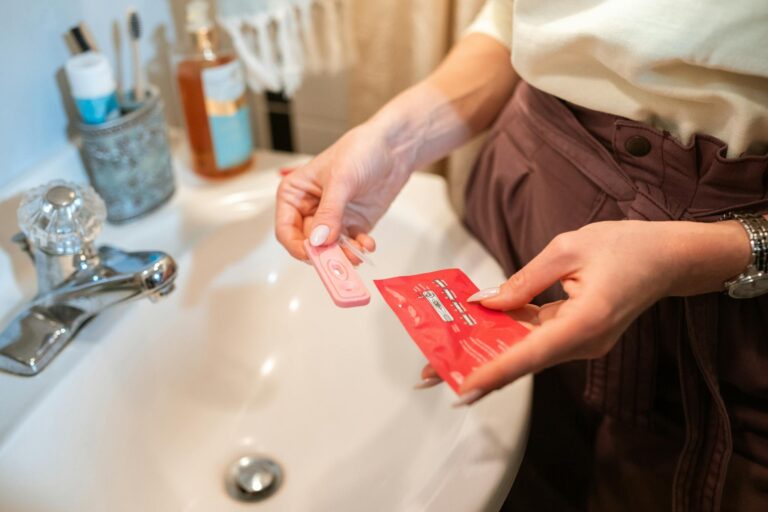Diapering 101: Step-by-Step Instructions
Introduction
Welcome to the world of diapering, new moms! If you’re feeling a bit overwhelmed by the prospect of changing countless diapers in the coming months (and years), don’t worry – you’re not alone. Diapering is one of those essential skills that you’ll master in no time, and before you know it, you’ll be able to do it with your eyes closed (though we don’t recommend that!). Let’s dive into everything you need to know about keeping your little one clean, dry, and comfortable.

The Great Debate: Cloth vs. Disposable
Before we get into the nitty-gritty of diaper changing, let’s address the elephant in the room: the choice between cloth and disposable diapers. This decision can feel monumental, but remember, there’s no single “right” choice for everyone.
Disposable diapers are convenient, widely available, and require no laundering. They’re great for on-the-go changes and tend to be more absorbent, which can mean fewer leaks and maybe even longer stretches of sleep (we can dream, right?). However, they do create more waste and can be more expensive in the long run.
Cloth diapers, on the other hand, are reusable, which makes them more environmentally friendly and potentially more cost-effective over time. They come in adorable patterns and, contrary to popular belief, modern cloth diapers are pretty easy to use. The downside? They require more upfront investment, regular laundering, and might not be as convenient when you’re out and about.
Many parents opt for a combination approach, using cloth at home and disposables when they’re out or overnight. The good news is, you don’t have to commit to one method forever. Feel free to experiment and see what works best for you and your baby.
Stocking Your Changing Station
Now, let’s talk about setting up your diaper changing station. Whether you’re using a dedicated changing table or a portable changing pad, having everything within arm’s reach will make diaper changes smoother and quicker – essential when you’re dealing with a squirmy baby!
Here’s what you’ll want to have on hand:
Diapers (of course!): Whether cloth or disposable, make sure you have plenty. Newborns can go through 10-12 diapers a day, so stock up!
Wipes: Choose gentle, unscented wipes for your baby’s sensitive skin. Some parents prefer to use soft washcloths with warm water for the first few weeks.
Diaper cream: This helps prevent and treat diaper rash. Look for ones with zinc oxide as the main ingredient.
Changing pad: A soft, wipeable surface for diaper changes.
Clean clothes: Because sometimes diaper changes involve outfit changes too!
Diaper pail or bag: For containing odors and making disposal easy.
A few toys or a mobile: These can be lifesavers for distracting a wiggly baby during changes.
Remember, you don’t need to break the bank setting up your changing station. The most important thing is that it’s functional and comfortable for both you and your baby.
The Art of the Diaper Change
Alright, it’s showtime! Let’s walk through a diaper change step by step.
First things first, wash your hands. This simple step is crucial for preventing the spread of germs.
Gather your supplies and place your baby on the changing surface. Always keep one hand on your baby – even newborns can be surprisingly squirmy!
Open up the clean diaper and place it under your baby before removing the dirty one. This can be a real time-saver if you’re dealing with a surprise poop!
Unfasten the dirty diaper and use the front part of it to gently wipe away any poop. For girls, always wipe from front to back to prevent urinary tract infections. For boys, be sure to point the penis down before closing the new diaper to avoid leaks.
Use wipes to clean thoroughly, making sure to get into all those adorable little creases where moisture can hide.
Lift your baby’s bottom by gently grasping their ankles and lifting. Remove the dirty diaper and slide the clean one into place.
Before fastening the clean diaper, apply a thin layer of diaper cream if needed. This creates a barrier that helps prevent diaper rash.
Fasten the new diaper snugly but not too tight. You should be able to comfortably fit two fingers between the diaper and your baby’s belly.
Dealing with Diaper Rash
Even with the best care, most babies will experience diaper rash at some point. This red, irritated skin in the diaper area can be uncomfortable for your little one, but it’s usually easily treatable.
The key to managing diaper rash is prevention. Change wet or soiled diapers promptly, clean the area thoroughly during changes, and allow some diaper-free time to let the skin breathe.
If your baby does develop a rash, don’t panic. Apply a thick layer of diaper cream at each change to create a barrier between your baby’s skin and the contents of their diaper. If the rash persists or seems particularly severe, don’t hesitate to check in with your pediatrician.
The Poop Palette: What’s Normal?
Let’s talk about poop, shall we? It’s a topic you’ll become intimately familiar with as a new parent. Your baby’s poop will go through several changes in the first year of life, and understanding what’s normal can save you a lot of worry.
In the first few days, your baby will pass meconium – a dark, sticky, tar-like substance. This is totally normal and is actually stuff that accumulated while your baby was in the womb.
After that, breastfed babies typically have loose, mustard-yellow stools that can be quite frequent – sometimes with every feeding! Formula-fed babies usually have slightly firmer stools that are tan or yellow in color.
As your baby starts solid foods, be prepared for some interesting changes in color and consistency. Don’t be alarmed if you see bits of undigested food – this is normal as your baby’s digestive system learns to process new foods.
Remember, every baby is different. What’s “normal” can vary widely from baby to baby and even from day to day for the same baby. If you’re ever concerned about your baby’s output, don’t hesitate to reach out to your pediatrician.
Diapering On-the-Go
Leaving the house with a baby can feel like packing for a week-long expedition, but with a well-stocked diaper bag, you’ll be prepared for anything.
In addition to diapers and wipes, consider packing a portable changing pad, a change of clothes, and a few plastic bags for containing dirty diapers or soiled clothes. A travel-sized diaper cream and hand sanitizer are also good additions.
When you’re out and about, you might not always have access to a changing table. In these situations, your lap or the backseat of your car can become an impromptu changing station. It might not be ideal, but remember, you’re a diaper-changing superhero – you’ve got this!
The Environmental Impact: Reducing Your Diaper Footprint
If you’re concerned about the environmental impact of diapers (and who isn’t these days?), there are several ways you can reduce your diaper footprint, regardless of whether you choose cloth or disposable.
For disposable diaper users, consider biodegradable options. While they’re pricier, they break down much faster than traditional disposables. You can also look into diaper composting services, which are becoming increasingly available in many areas.
If you’re using cloth diapers, opt for energy-efficient washing machines and eco-friendly detergents. Line-drying your diapers when possible can also help reduce energy consumption.
Remember, every small step counts. Don’t feel guilty if you can’t do everything perfectly – any effort to reduce waste is valuable.
Transitioning to Potty Training: The Light at the End of the Tunnel
While it might seem a lifetime away when you’re in the thick of newborn diaper changes, your little one will eventually be ready for potty training. This usually happens somewhere between 18 months and 3 years, but remember, every child is different.
Look for signs of readiness, such as your child telling you when they need a diaper change, showing interest in the bathroom, or having longer periods of dryness. When the time comes, approach potty training with patience and positivity. It’s a big step for your little one!
You’ve Got This Mama!
And there you have it – Diapering 101 for new moms. Remember, like all aspects of parenting, diapering gets easier with practice. Before you know it, you’ll be changing diapers like a pro, maybe even with one hand while sipping your coffee (though we don’t officially recommend that!).
Don’t be too hard on yourself if things get messy sometimes – they will, and that’s okay. You’re doing an amazing job. Each diaper you change is an act of love, keeping your little one comfortable and cared for.
So take a deep breath, maybe invest in some nice-smelling diaper cream, and embrace this (somewhat stinky) stage of parenthood.
You’ve got this, mama!



